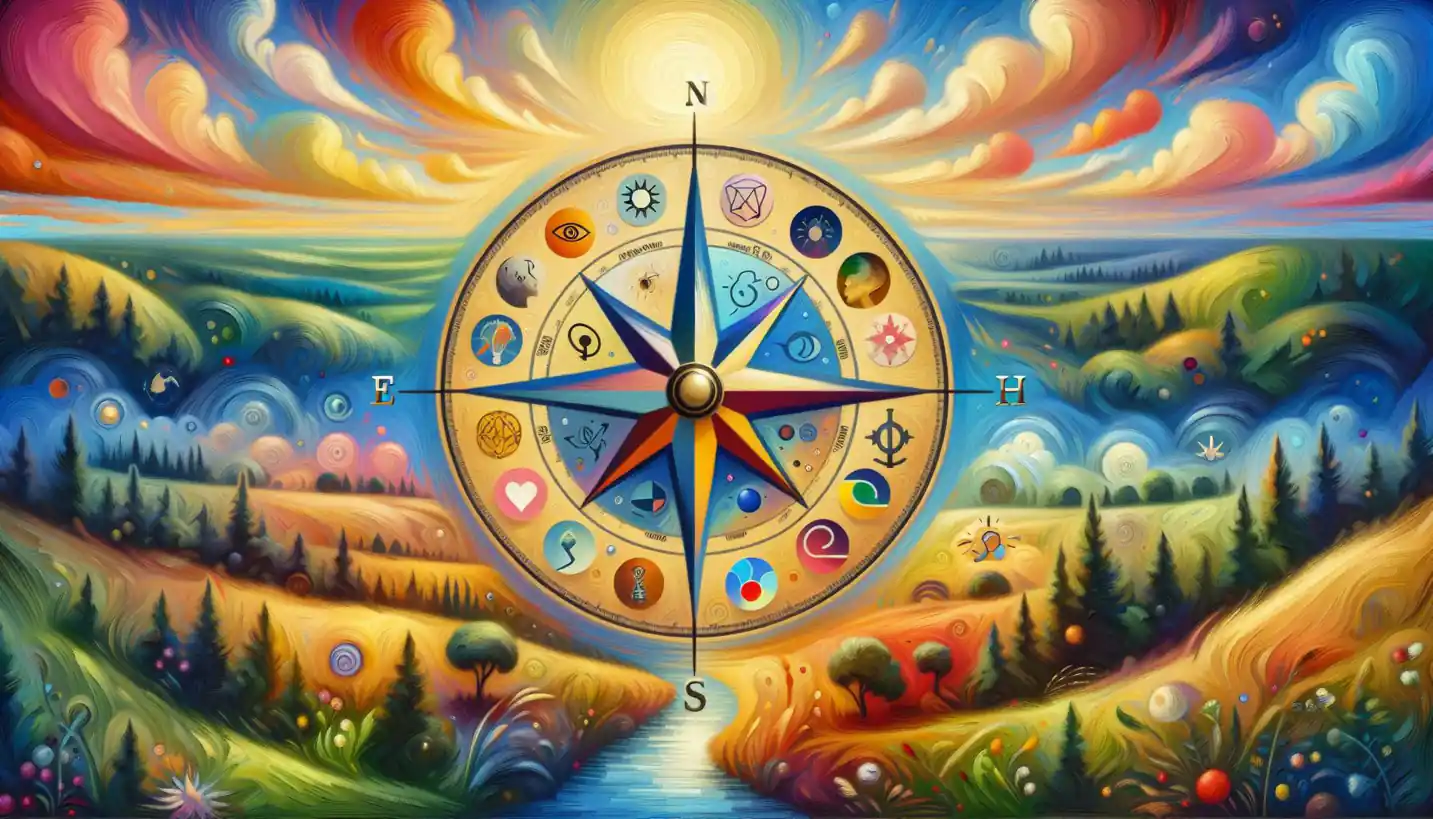· Psychology · 5 min read
Territoriality: Unpacking the Invisible Boundaries of Our Minds
Learn how territoriality impacts our social interactions. This article uncovers the unseen boundaries that dictate our communal spaces.

In our busy lives, we often talk about personal space or feeling like someone’s in our bubble. These feelings hint at a broader psychological concept called territoriality. But what exactly is territoriality, and why does it matter? Let’s dive into this fascinating aspect of environmental psychology.
Understanding Territoriality
Territoriality is all about how we claim, mark, and defend spaces, both physically and psychologically. It’s not just limited to the obvious like owning a home or having a designated desk at work. It can be as simple as how we feel about our favorite seat in a cafe. This concept helps explain a lot about human behavior, how we interact with each other, and even how conflicts arise.
Types of Territories
In the world of psychology, territories are classified into a few categories. Primary territories are spaces we have a strong personal connection to, like our homes. Secondary territories aren’t as personal but still hold a sense of belonging, like a regular spot at the gym. Public territories, meanwhile, are places like parks or public transport, where the connection is minimal to none.
Think about your own life. Do you have spaces that fall into these categories? How do you react when someone else occupies them? These everyday experiences reflect our need for territorial boundaries.
Why Do We Have Territorial Behaviors?
Territoriality ties back to our basic instincts. Just like animals, humans have an innate need to claim and protect their space, serving as a form of self-expression and identity reinforcement. This instinct also helps us organize our social structures and hierarchies, making interactions smoother and more predictable.
Beyond basic survival instincts, personal territories give us a sense of control and comfort. They say a lot about how we define ourselves and how others perceive us. When someone violates these spaces, it can feel uncomfortable or intrusive, often leading to stress or conflict.
The Role of Culture
One fascinating aspect of territoriality is how it differs across cultures. In some cultures, personal space is more communal, while in others, maintaining it is critical. Imagine a jam-packed public bus in one country versus a half-empty train in another where people avoid sitting next to each other even when seats are available. These differences shape how we interact socially and view our environments.
Territoriality in the Workplace
The workplace is a hotbed for studying territoriality. Ever notice how people often have favorite coffee mugs or personalized desk items? These small touches mark our territory, offering small comfort zones amid the hustle and bustle of work life.
There’s an interesting debate about open office designs versus cubicles. While open spaces promote interaction and communication, they can sometimes feel invasive, leading to stress or reduced productivity. This is a great example of how understanding territoriality can lead to better workplace designs and happier employees.
Schools and Territoriality
In schools, territoriality can influence both teaching and learning. Classrooms are spaces where students often claim desks or seating areas they feel comfortable in. These preferences can affect how well students engage with lessons and interact with peers.
Teachers, too, have their own territories, such as the area around their desk or their classroom walls filled with personal teaching materials. Recognizing these spaces can enhance the educational environment by making it more inviting and conducive to learning.
Territoriality and Technology
In today’s digital age, territoriality extends beyond the physical realm. Think about how you customize your smartphone, organize your social media profiles, or set up virtual meeting backgrounds. These digital territories are new but follow similar principles: they offer a sense of identity and control in a virtual space.
But with this comes challenges. Online invasions of privacy can feel just as violating as physical ones, highlighting the psychological weight of digital territories.
Conflicts and Resolution
Territorial disputes are as old as time, and they occur at levels ranging from interpersonal relationships to international politics. These conflicts often arise from misunderstandings or violations of perceived boundaries. Understanding territoriality can help us navigate and resolve these issues more effectively by fostering empathy and communication.
Understanding different territorial needs can also lead to better conflict resolution strategies. For example, addressing why a coworker might be irked by desk sharing can lead to a more harmonious work environment.
The Future of Territoriality
As we move into an increasingly connected and crowded world, the concept of territoriality will continue to evolve. The blend of physical and digital spaces presents new challenges and opportunities for understanding human behavior.
Imagine future cities that incorporate flexible spaces that respect both communal and personal needs. Or consider innovations in virtual reality that could create entirely new territories for personal expression.
Final Thoughts
Territoriality is a fundamental human concept that touches every part of our lives. By better understanding it, we can improve our personal interactions, work environments, and societal structures. So, the next time you find yourself feeling territorial about your favorite café table or your digital profile, remember it’s not just about space—it’s a reflection of who you are and how you navigate the world around you.
This exploration into the intricacies of territorial behavior not only feeds our curiosity but also provides practical insights into everyday life. How might reflecting on our territorial instincts change the way we engage with our surroundings? The question lies open, inviting us to consider the spaces we occupy and how we share them with others.



